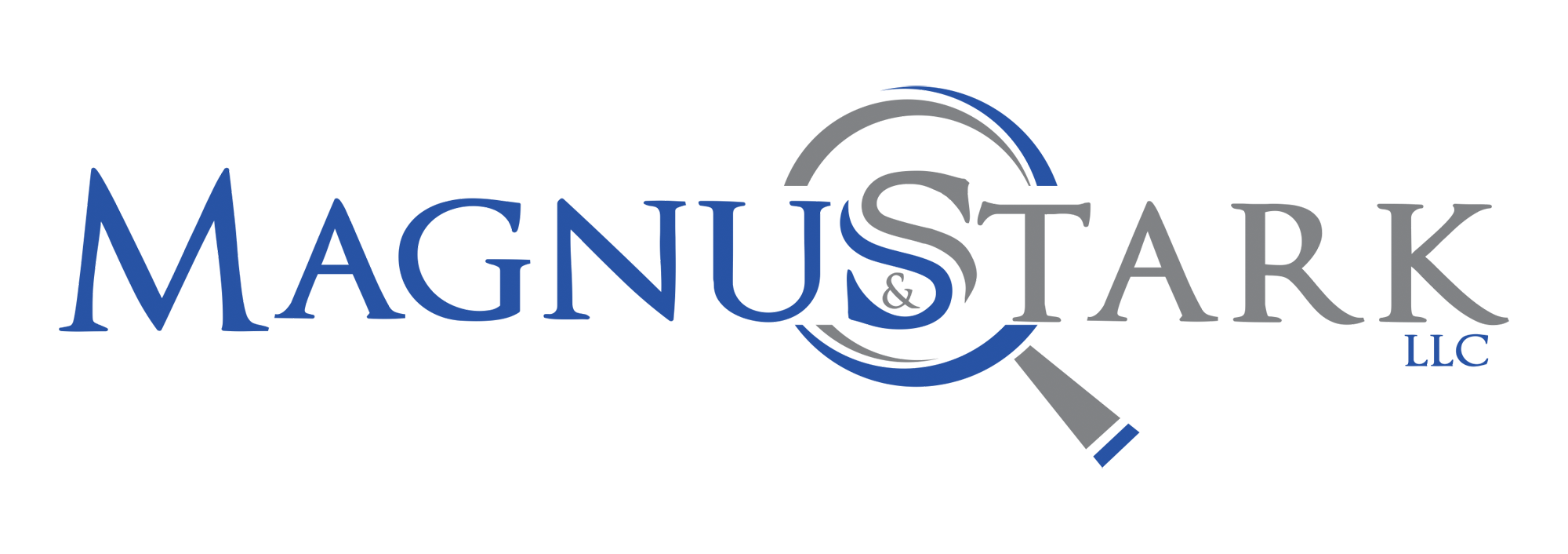Title: Unveiling Deception: Strategies for Identifying Patterns in Witness Testimony in Avon, IN
In the realm of criminal investigations and legal proceedings, witness testimony plays a crucial role in determining the truth and delivering justice. However, the accuracy and reliability of witness statements can sometimes be compromised by deception. As professionals in Avon, IN, it is essential to be equipped with the knowledge and skills to identify patterns of deception in witness testimony to ensure the integrity of the legal process.
Recognizing the signs of deception in witness testimony requires a keen eye for detail and an understanding of human behavior. Here are some key strategies to help you identify patterns of deception in witness testimony:
Inconsistencies in Details: One of the most common indicators of deception is inconsistencies in the details provided by the witness. Discrepancies in timelines, locations, or key events can raise red flags and suggest that the witness may not be telling the truth. Pay close attention to any contradictions or changes in the story during cross-examination.
Lack of Specificity: Deceptive witnesses often use vague language or lack specificity when recounting events. They may avoid providing concrete details or use generalizations to obscure the truth. Look out for vague statements, evasive answers, or a lack of clarity in the witness’s testimony, as these can be indicators of deception.
Nonverbal Cues: Nonverbal cues, such as body language, facial expressions, and tone of voice, can also provide valuable insights into the veracity of witness testimony. Watch for signs of nervousness, avoidance of eye contact, fidgeting, or inconsistencies between verbal and nonverbal cues. These behaviors can indicate that the witness is being deceptive.
Behavioral Changes: Pay attention to any sudden changes in the witness’s behavior before, during, or after giving testimony. Unusual behavior, such as being overly defensive, aggressive, or overly compliant, can be indicative of deception. Be alert to any attempts to manipulate or control the narrative during questioning.
Corroboration of Evidence: Cross-referencing witness testimony with other sources of evidence, such as physical evidence, documentation, or other witness accounts, can help verify the accuracy of the testimony. Discrepancies between witness statements and objective evidence can signal potential deception and should be thoroughly investigated.
In conclusion, identifying patterns of deception in witness testimony is a critical skill for professionals in Avon, IN, involved in criminal investigations and legal proceedings. By being vigilant and attuned to inconsistencies, lack of specificity, nonverbal cues, behavioral changes, and corroborating evidence, you can effectively assess the credibility of witness testimony and ensure the integrity of the legal process. Upholding the truth and seeking justice requires a commitment to uncovering deception and holding deceptive witnesses accountable.

